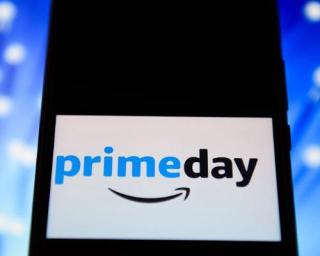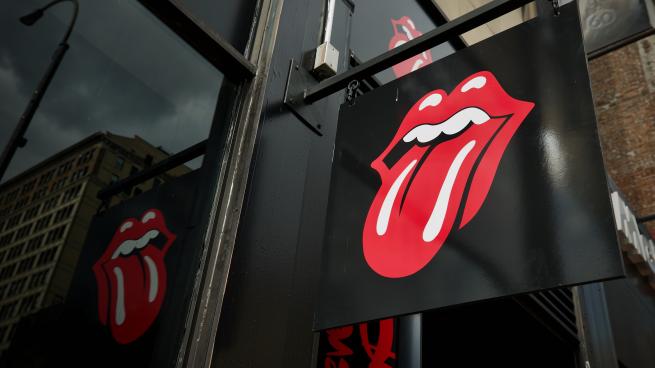Amazon Prime Day 2023 – what did we learn?

Early analysis of Prime Day 2023 results reveals a few key informational nuggets for e-commerce retailers.
Another Prime Day has come and gone, leaving behind a wealth of data to be studied and mined for valuable insights. Following are three learnings taken from the initial findings about the 2023 edition of Amazon Prime Day.
Prime Day matters
Every year, pundits wonder aloud how relevant Prime Day is in an era of constant connectivity and relentless advertising and discounting. The answer appears to be quite a bit.
According to Adobe Analytics, consumers spent $12.7 billon online during the July 11-12 Prime Day event in the U.S., representing 6.1% growth YoY, and setting a new record for Prime Day.
While this data represents all U.S. e-commerce activity during Prime Day, it is safe to assume the lion’s share of online sales July 11-12 were generated by Amazon (more on that below). In addition, analysis from Numerator reveals that the average order size for Prime Day 2023 was $54.05, up 3% from $52.26 during Prime Day 2022.
Numerator data also shows that average household spend reached roughly $155.67, up 7.6% YoY from $144.56. Average price per item was $32.35, down 3.8% YoY from $33.58, suggesting inflation was not a primary driver of increased order sizes and household spending.
Make it personal
Amazon offered more than 40 personalized deal features for Prime Day this year, including several new offerings. These included an all-new “buy again” feature. Added to the top of “Buy Again” in the Amazon shopping app, it provided customers access to a “Deals” feed featuring products they previously purchased and personalized recommendations based on past purchases.
And a revamped “Your Lists” featured groups of saved items that were on sale for Prime Day into relevant product categories, Prime members could also see personalized recommendations based on their lists and have the ability to receive a push notification alerting them of new deals in real time.
While it’s hard to quantify exactly how much impact personalization had on overall Prime Day performance, Numerator data indicates two-thirds of Prime Day shoppers were extremely or very satisfied with the deals offered this year.
Competing events were less competitive
Every year, numerous other retailers offer competing online and omnichannel sales events that overlap with Prime Day (this year including Walmart and Target). In this very column, I advised other retailers to launch Prime Day “counterprogramming.”
And I stand by that suggestion. But data covering Prime Day day one performance from Salesforce indicates that indicates that non-Amazon retailer online sales fell 7% during the first day of Prime Day compared to the same time period in 2022.
While U.S. online buying activity increased in the 5 p.m. to 9 p.m. ET time period, this didn’t improve sales for the overall day. In addition, average discount rates fell 16% year-over-year to 18%, while the average selling price rose 6% over the 2022 edition.
In order to drive better sales performance during Prime Day 2024, competing non-Amazon retailers may need to move their discounts and prices closer to those offered by Amazon, and/or enhance their personalization efforts.





